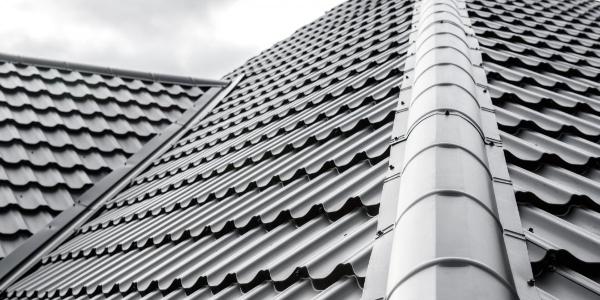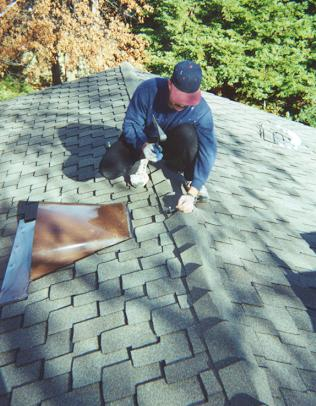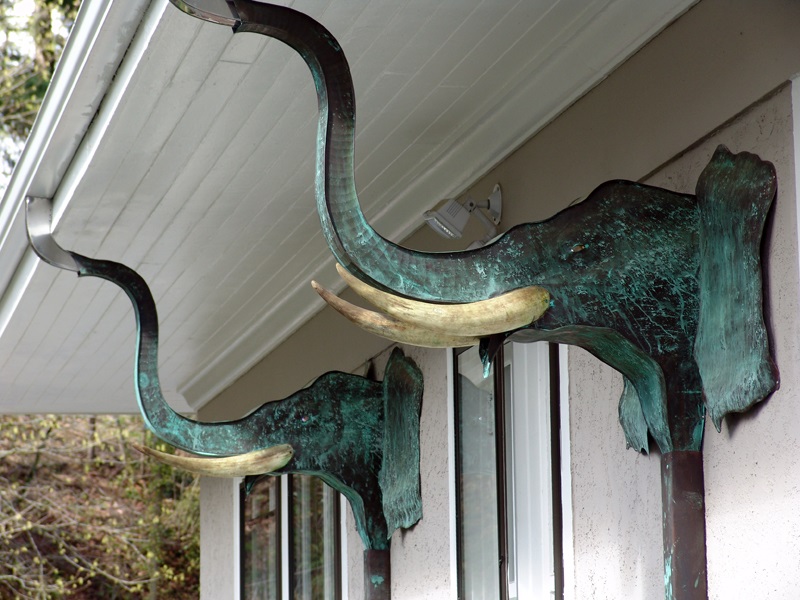4 Top Ventilation Questions Answered

By Marco Industries.
Learn the answers to our most asked questions about NFA and ventilation.
While at the Florida Roofing and Sheet Metal Contractors Association (FRSA) convention this year, many people were curious about our steep-slope solutions. Those who stopped by our booth had some excellent questions, so we thought we would share a few of them here!
1 - What is the Net Free Area (NFA)?
Also known as the Net Free Vent Area, this is the total unobstructed area through which air can enter or exhaust a non-powered vent – typically measured in square inches. This is shown as the NFA for a box or slant back vent or the rating is square feet of NFA per lineal foot in the case of rolled vents. The NFA required by code is determined by the total square footage of the floor space of the attic to be ventilated. The bigger the attic floor space the more vents that are required.
2 - How do I determine how many exhaust or intake vents are needed for a roof as required by code?
Marco makes it easy! Just use our online vent calculator. It’s all based on the size and square footage of the attic. Building Code IRC 2021 requires one square foot of Net Free Area for every 150 square feet of attic floor space (1/150). Attic floor is defined as length x width floor of the attic. In certain Climate Zones 6-8 (more northerly regions of USA) the use of a vapor retarder reduces the requirement to 1/300.
3 - What is the math for calculating the number of vents?
First divide square feet of attic floor space by 300 providing the total NFA between intake and exhaust required. The total NFA as calculated is then further divided in half each for determining exhaust and intake required. That total is then divided by the NFA rating of each vent to determine the number of vents required.
4 - Is using various exhaust vent types such as roof louvers, wind turbines, gable louvers and power fans on the same roof with a common attic recommend?
We don’t recommend mixing two or more types of exhaust vents on the same roof and common attic because it could result in short-circuiting the attic ventilation system. This application inevitably leads to installation of exhaust vents at more than one level on a roof allowing the upper exhaust vent to inadvertently pull air in from lower exhaust vents rather than from the intake vents properly located near or at the eave at the bottom of the roof.
Have a question? AskARoofer.
Find your local roofing contractor in the RoofersCoffeeShop® Contractor Directory.
Original article source: Marco Industries










Comments
Leave a Reply
Have an account? Login to leave a comment!
Sign In